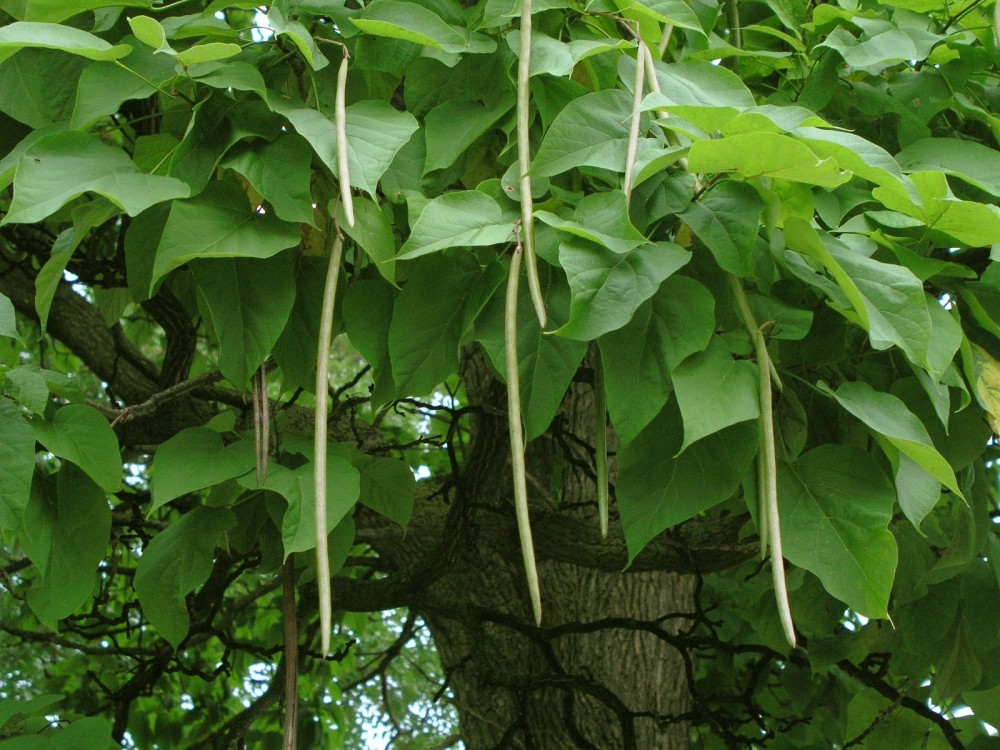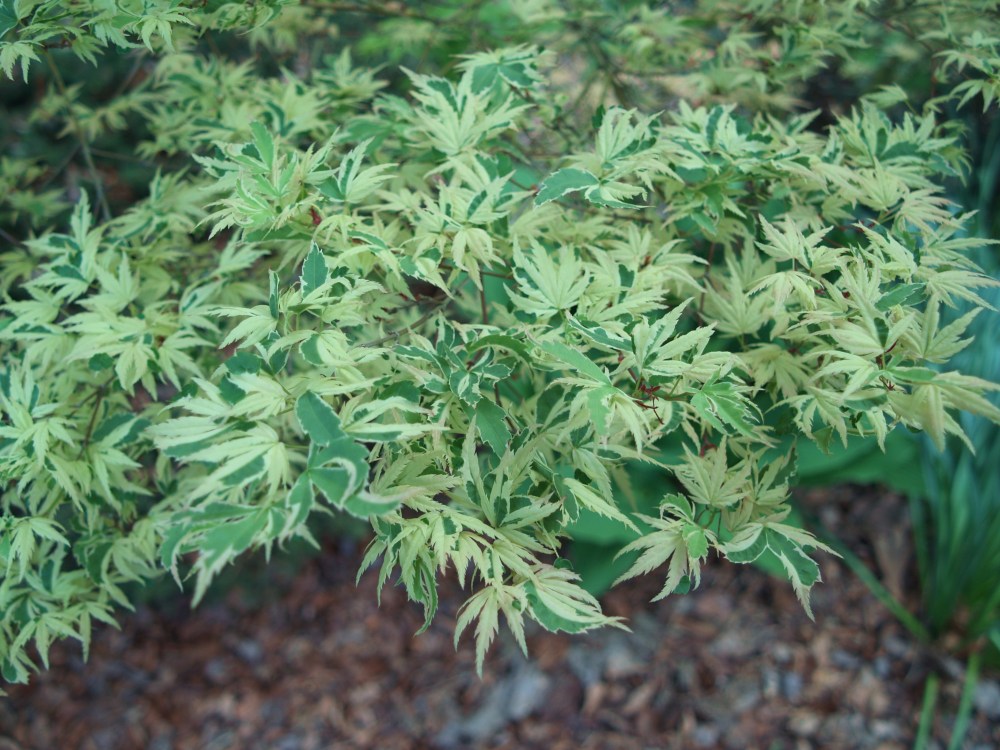Too many times through the years I’ve been guilty of squeezing a plant into a space that is too small for its eventual growth. Fortunately, or not, the cause is not ignorance of the mature size, but over exuberance in attempting to shoehorn too many treasures into too small an area. In fact, the garden is not small at nearly an acre and quarter, but in my enthusiasm I’ve planted enough trees and shrubs to fill two properties of this size.
The space to plant additional trees ran short a decade ago, though since I’ve planted several smaller growing Japanese maples that are not likely to be a problem for at least another decade. Happily, there is a bit more room for planting this spring where I cut out weed trees and brambles just outside the garden’s border. The area is not exactly my property, but as I’ve run short of space I’ve claimed the fifty feet between my property line and a small creek as my own. The slice of land is part of the neighboring farm, but they’re not looking, so I’m certain it won’t be a problem.
The newly cleared area extends nearly to the creek in one area, and after much consideration I’ve decided to plant a northern catalpa (Catalpa speciosa, above). There is adequate space for the catalpa to grow (at least in my lifetime), and its growth will be slowed somewhat by towering maples and tulip poplars that hover at the garden’s edge. When it eventually grows to maturity it will cause no harm, only growing to join the forest canopy that runs along the creek.
In it’s native habitat catalpa often grows along rivers and creeks, though I suspect the reason is that it requires the sunlight at the edge of these open spaces rather than that it demands excess moisture. I believe that I’ve carved out an area where the conditions will be ideal, where I’ll enjoy this quirky tree for many years. Catalpa has large leaves (which is an immediate attraction for me), but also prominent flowers that turn to long, pencil-like seed pods. To my thinking, the tree is a splendid choice for this area at the junction of the garden and forest.
I’ll also be planting another Japanese maple this spring, though I’m undecided about the cultivar. The maple will be a sort that is one of the smaller growing upright varieties, and it will probably have variegated leaves because there are already more than a dozen red leafed maples in the garden. It will replace a maple planted a year ago that was mislabeled as Floating Cloud (Acer palmatum ‘Ukigumo, above), but proved to be a disappointing, green leafed Japanese maple with no discernible desirable attributes.
The selection of the new maple will be a bit tricky since it will be planted at the immediate edge of the large swimming pond. Here, a small tree with a rounded form is called for, though there is space for the canopy of a larger tree to spread. The Floating Cloud maple was perfectly suited to the spot, but I’ve been unable to locate another of adequate size. So, I’m likely to settle for another of the Butterfly Japanese maple (Acer palmatum ‘Butterfly’, above), which grows slowly and is appropriate for the space. There is already one in the side yard garden, but it is one of my favorites, and this is a much more prominent placement for such a prized tree.
Both catalpa and Butterfly maple will planted in conditions ideal for their cultural needs. They will have adequate space to spread as they grow, and there is plenty of sun and moisture for vigorous growth. This has not always been the case when I’ve planted in this overcrowded garden, but for once it’s comforting to know I’m not creating a problem that must be resolved with a chainsaw in fifteen years.
Is this the same catalpa that worms get on which makes great fishing bait?
We have those growing wild in GA, just wondered if it is the same.
Yes, catalpa is plagued by all manner of pests, certainly the reason that it is not commonly planted in gardens. But, at the edge of this garden bordering an area of forest I believe that I’ll be able to ignore its problems and enjoy its attributes. Perhaps the neighbors will drop by to pluck off the worms on their way up the fishing pond just above the garden.
Thanks, I remember my Dad would find these and freeze them and they would come to life when thawed out, I called them miracle worms!
Ha ha. I know about planting what I think will fit long term and then having to resort to an axe later as was the case with a “native Va rose” I naively bought at Green Spring’s grub day years ago.
The Butterfly Maple is one I must add to my Spring list as well. Thank you for sharing such wonderful plant ideas!
Donna Carpenter